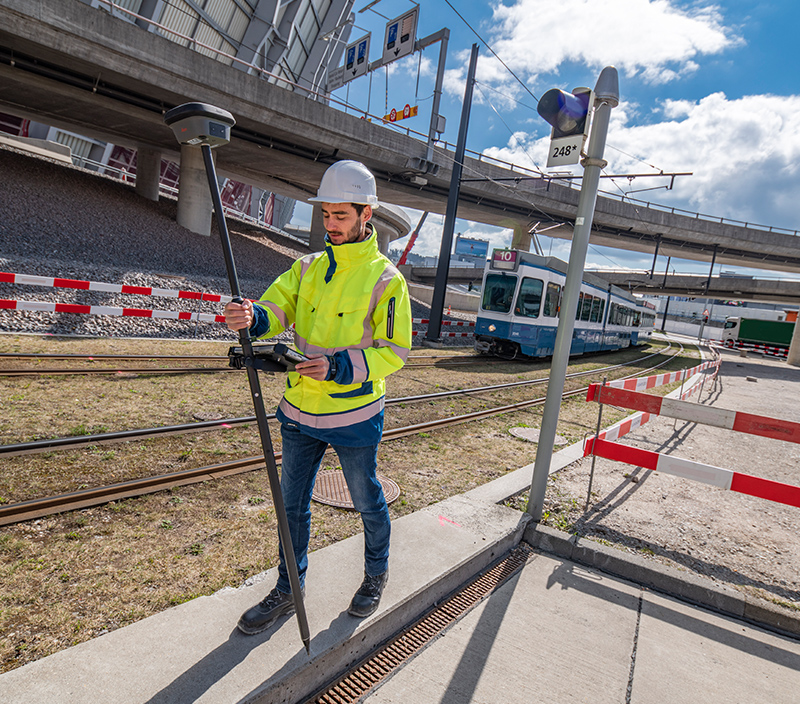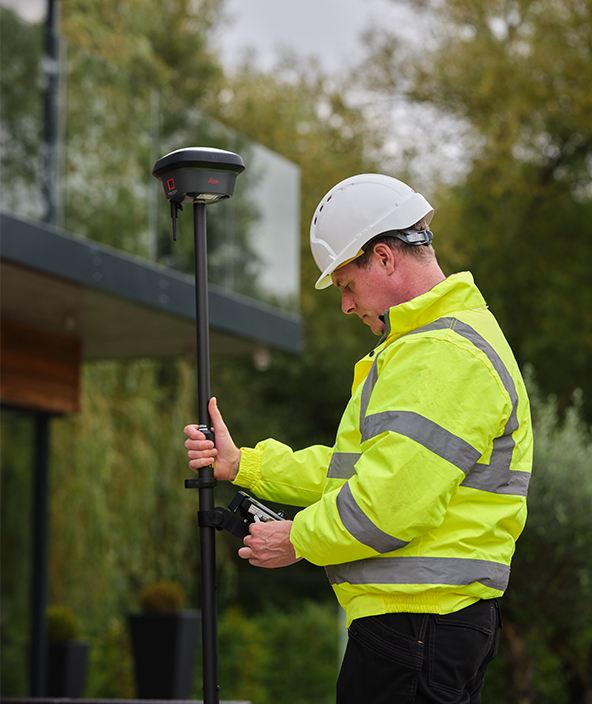How HxGN SmartNet Works
Learn about the technologies that enable HxGN SmartNet to provide reliable GNSS correction services around the world.
Our technology empowers ambitious integrators to develop new products for surveying, precision farming, construction, autonomous systems, asset collection and more with built-in precision down to the centimetre. But how does it work?
The HxGN SmartNet family of services is powered by three primary technologies: network RTK, RTK bridging and precise point positioning (PPP).
Find out how each technology works and the associated benefits.
GNSS satellites broadcast signals, sending data to reference stations and GNSS devices around the globe. Reference stations stream the GNSS data to the HxGN SmartNet data centres, which also receive approximate positions of GNSS devices.
This data is then processed, and HxGN SmartNet sends network RTK corrections back to GNSS devices over mobile internet. The corrected position is accurate down to the centimetre, providing HxGN SmartNet users with high accuracy and precision they can count on.
Our users receive correction data in an open standard format (RTCM) by connecting any GNSS-enabled device over the mobile internet. Since HxGN SmartNet’s open standards work with all GNSS devices, users benefit from one streamlined service across all their GNSS equipment.
HxGN SmartNet network RTK correction services feature:
- horizontal accuracy of 1-3 cm for all sensors / 0.8 cm for Leica Geosystems GS sensors
- vertical accuracy of 2-5 cm for all sensors/ 1.5 cm for Leica Geosystems GS sensors
- instantaneous convergence and reconvergence
- delivery via mobile internet
This technology involves an extensive global reference station network connected to a control centre. The reference stations receive continuous signals from GNSS satellites that are sent to the control centre where RTK bridging data is generated.
The control centre sends the correction data to 5 geostationary communication satellites orbiting the equator, two of which are always visible from anywhere on earth. The geostationary satellite then streams the correction data to the RTK rover, making it possible to bridge outages and keep centimetre-level accuracy for up to ten minutes.
HxGN SmartNet RTK bridging services feature:
- 2.5 cm horizontal accuracy
- 5 cm vertical accuracy
- instantaneous convergence and reconvergence
- delivery via mobile internet and L-Band
Precise point positioning (PPP) technology makes it possible to achieve centimetre-level accuracy in real-time on any continent when there is no base station and connection to a regional reference station network or mobile internet is unavailable.
The process of generating corrections with PPP technology works similarly to RTK bridging. The only difference is in the correction data sent to the geostationary satellite which contains parameters and information that allow a centimetre-level position to be computed independent of any other RTK correction data.
The latest developments in these technologies enable users to stream RTK bridging and PPP correction data over the mobile internet to compatible GNSS sensors, providing a way to ensure continuous availability and coverage anywhere in the world.
HxGN SmartNet PPP services feature:
- 2.5 cm horizontal accuracy
- 5 cm vertical accuracy
- convergence in 10 minutes or less and reconvergence under 1 minute
- delivery via mobile internet and L-Band









